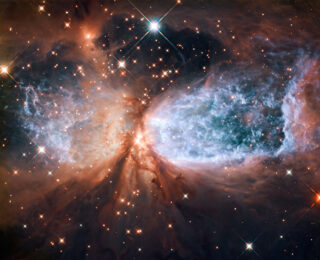
Searching for stars at the beginning of the Universe
We may or may not be able to observe the first stars directly, but today’s authors show that’s not the only way to learn about them!

We may or may not be able to observe the first stars directly, but today’s authors show that’s not the only way to learn about them!
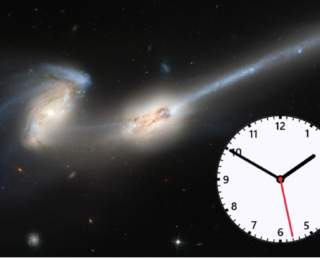
Today’s bite explores how we can look at the stellar haloes of galaxies to reconstruct their past merger and accretion events.
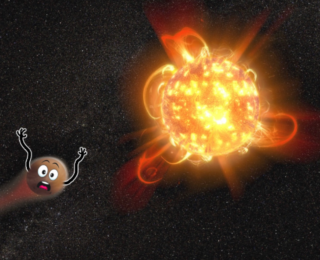
Today’s post tells you how planets can lose their atmospheres due to a star’s radiation – and what this means for exoplanets we have already found!
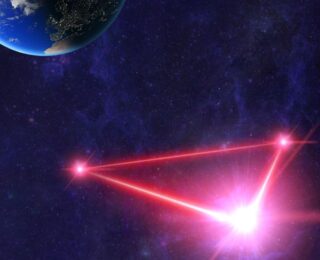
The upcoming LISA mission promises to detect many gravitational wave events, but can it attribute any of them to a host galaxy? Let’s find out!
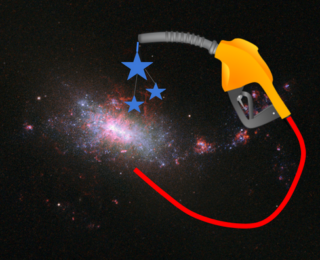
It’s really hard to see molecular hydrogen (the fuel that makes stars) directly, so astronomers have to use other spectral lines to guess how much is there. In today’s paper, the authors discuss how to do that in the smallest galaxies in the universe!
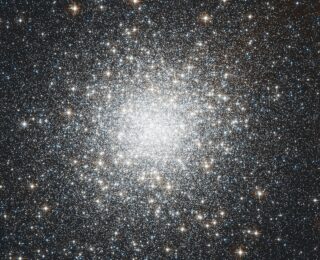
In the latest of our #UndergradResearch series, discover how Fred Angelo Batan Garcia used cosmological simulations to explore globular cluster formation!